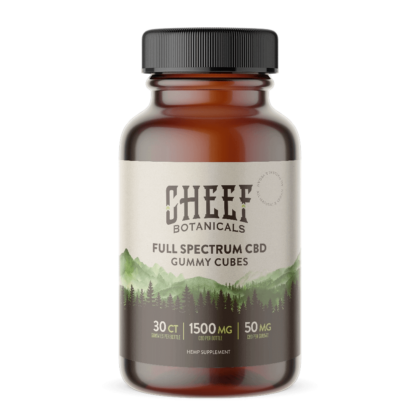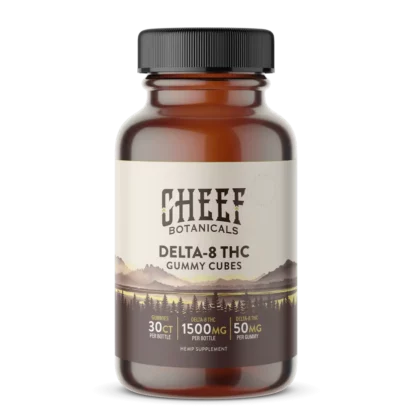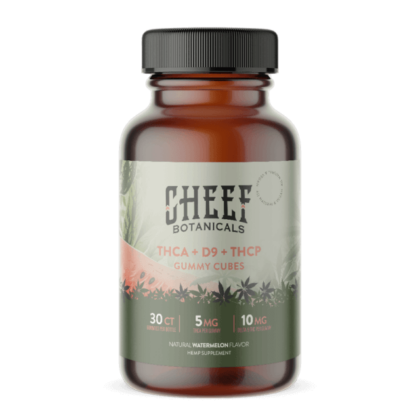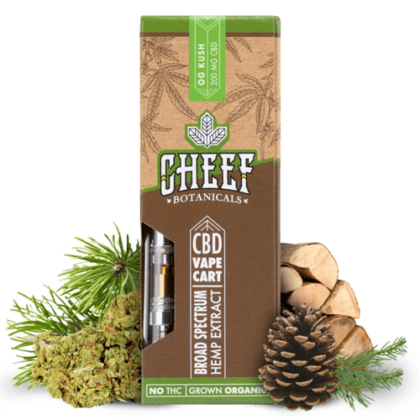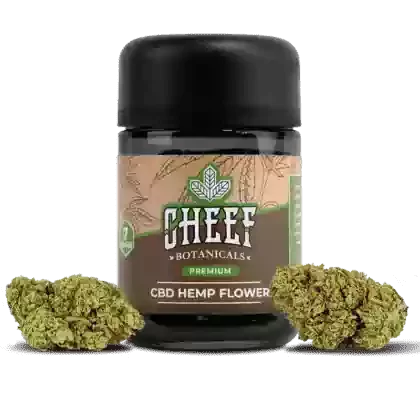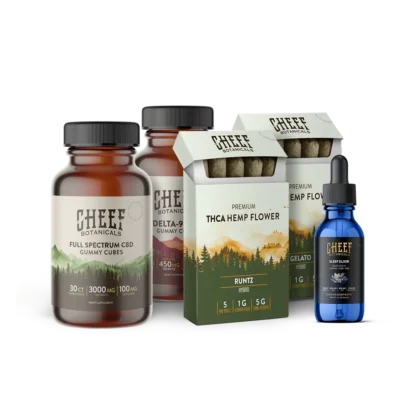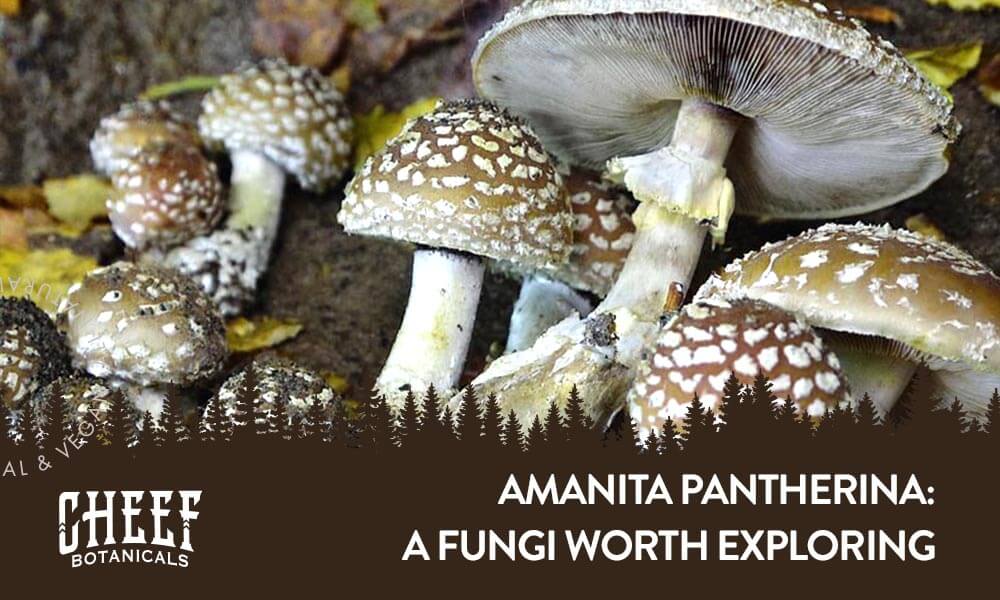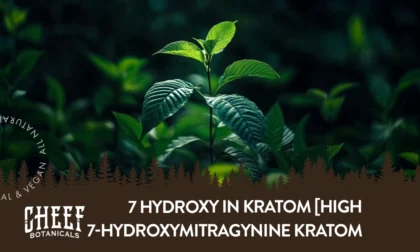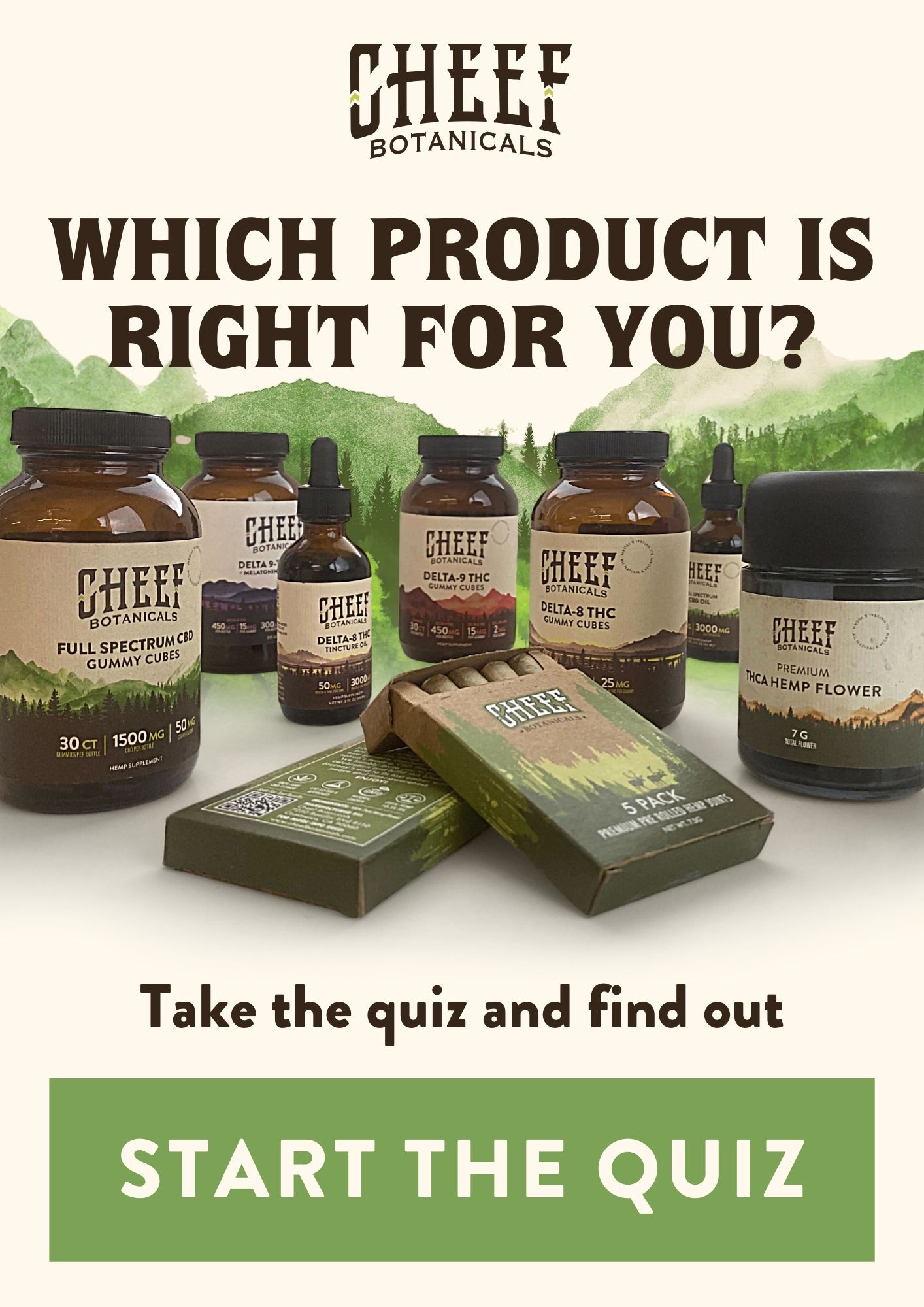The Amanita Pantherina, or Panther Cap, is a mushroom that’s as fascinating as it is eye-catching. With its dark brown cap covered in white spots, it’s easy to see why this mushroom invites curiosity. Closely related to the Amanita muscaria, it shares similar psychoactive compounds like muscimol and ibotenic acid.
Are you curious about what makes the Amanita Pantherina mushrooms so unique? Let’s learn more about this uncommon mushroom—from how to spot it in the wild to understanding its psychoactive properties and the risks involved. Whether you’re interested in psychoactive compounds or just want to learn more about this visually striking mushroom, this guide has got you covered!
Distribution and Natural Habitat
The Amanita Pantherina mushroom, also known as the Panther Cap, grows best in forests filled with beech and oak trees. You’ll often see these Pantherina mushrooms in temperate areas across Europe, North America, and Asia. They prefer moist, nutrient-rich soil, forming a close connection with tree roots in shaded forests. If you’re walking through these woodlands during the right season, you’ll likely spot clusters of these visually striking mushrooms.
Prime Season for Growth
The Amanita Pantherina mushrooms reach their prime growth from late summer through early autumn, with August to October being the peak months. These mushrooms thrive in warm, humid conditions, especially after rainfall. These seasons offer the best chance as they flourish in these ideal conditions. Weather and soil nutrients can affect their growth, so expect some variation depending on the region.
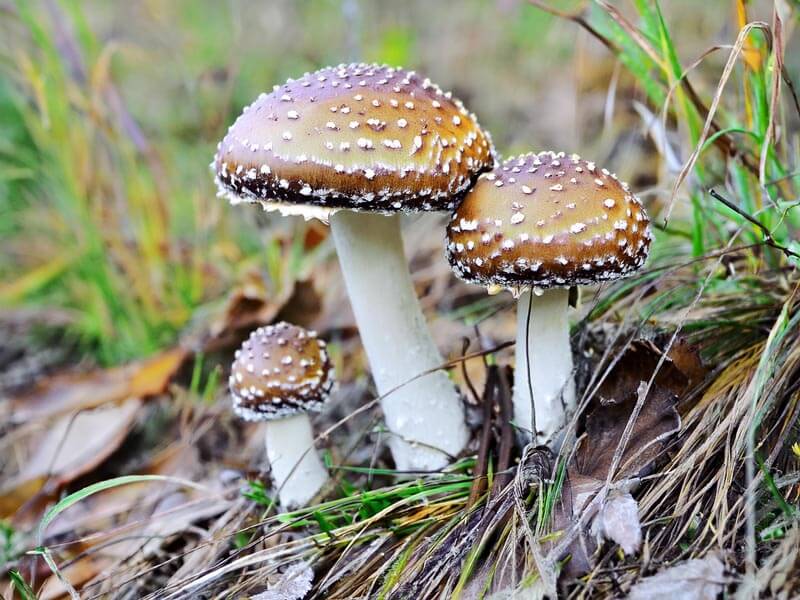
Etymology
The name Amanita Pantherina comes from its resemblance to a panther’s spotted coat. The word “pantherina” refers to the dark brown cap with densely distributed warts resembling panther spots. This visually striking mushroom is related to the famous Amanita muscaria, also known as the fly agaric. The name perfectly matches its wild appearance and the psychoactive compounds it carries, making it a mushroom that’s hard to forget.
Taxonomic History
The Amanita Pantherina shares a fascinating taxonomic history with its relative, the Amanita muscaria. Both species were initially grouped because of their similar psychoactive properties.
Over time, researchers noticed key differences, especially in their muscimol and ibotenic acid levels. These differences led to the Panther Cap being classified as its species within the genus Amanita. This distinction highlights what makes Amanita Pantherina mushrooms unique among other related species and continues to intrigue researchers in the field.
Psychoactivity
The Amanita Pantherina mushroom is known for its strong psychoactive properties. The key compounds, muscimol and ibotenic acid, directly interact with the central nervous system, leading to visual changes, euphoria, and altered perception. These effects differ from those of psilocybin mushrooms.
If you’re thinking about consuming psychedelic Amanita species, it’s important to understand that the experience can vary based on how the mushrooms are prepared and the dosage consumed. These active compounds can create a powerful experience, so it’s essential to approach them carefully.
The effects can be intense, and the risk of adverse effects is something to be mindful of. Whether you’re exploring for spiritual reasons or out of curiosity, understanding the potential impact of these psychoactive amanita mushrooms is important.
Toxicity
Understanding the toxicity of Amanita Pantherina is key, especially when considering raw consumption. Eating these mushrooms raw can be dangerous due to the high levels of ibotenic acid and muscimol. This can potentially lead to severe symptoms like nausea, vomiting, and even serious conditions like poisoning syndrome. For this reason, it’s best to avoid eating raw Panther mushrooms.
However, processed consumption can reduce some of the risks. Proper preparation, such as drying or boiling the mushrooms, can convert ibotenic acid into muscimol, which is less toxic and produces the desired effects. But even with processing, consuming Amanita Pantherina mushrooms still may carry risks. If you’re not familiar with the right methods, it’s better to avoid these mushrooms to prevent any potential adverse effects.
Legalities
Unlike psilocybin mushrooms, which are often classified as a controlled substance, the legality of Amanita Pantherina varies by location. In some areas, these psychoactive amanita mushrooms are legal to possess and consume, while in others, there might be restrictions due to their psychoactive properties.
Most laws around Amanita species focus on their use as natural substances rather than illegal drugs. However, some places might have specific regulations to prevent misuse because they contain ibotenic acid and muscimol.
Before you consider consuming pany Amanita species, make sure to check the local laws where you live. Staying informed about the legal boundaries can help you avoid any issues.
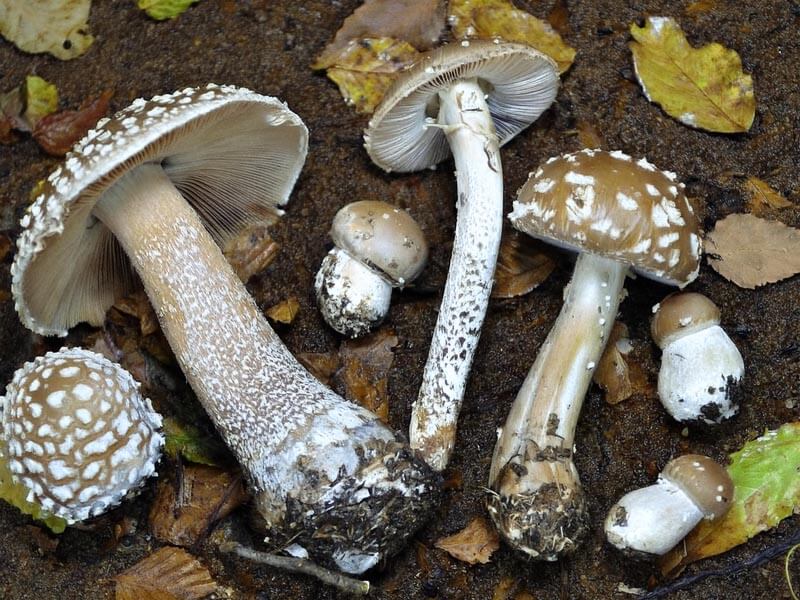
Description Guide
Identifying Amanita Pantherina mushrooms requires a close look at their distinct features. Each part of the mushroom has unique characteristics that help in proper identification. Here’s a breakdown of what to look for:
- Cap. The cap is dark brown with densely distributed pure white warts. It starts rounded when young and flattens as it ages, reaching 5 to 15 cm in diameter.
- Gills. The gills under the cap are pale and free, meaning they don’t attach to the stem. They sometimes have a slight pale ochraceous brown tint.
- Stem. The sturdy stem grows up to 20 cm tall. At the top, you’ll notice a skirt or ring, a remnant of the universal veil that once surrounded the mushroom.
- Volva. The volva is a sac-like structure at the base of the stem, wrapping around the bottom.
- Spores. The spores are broadly ellipsoid and white, which is essential for identification.
- Flesh. The flesh is white and does not change color when cut, which is a key characteristic.
- Odor. The odor is mild and not very distinctive, making it harder to identify by smell alone.
These features make the Panther Cap a visually striking mushroom that stands out, but you should always use caution due to its psychoactive properties.
Possible Confusion – Similar-Looking Mushrooms
When you’re searching for Amanita Pantherina mushrooms, it’s easy to confuse them with related species. One common look-alike is the Amanita muscaria, also known as fly agaric. Both mushrooms have psychoactive properties and share features like a dark brown or red cap with white spots. However, the Panther Cap has more densely distributed warts, which is a key difference.
Another mushroom that can be confusing is the Amanita rubescens or Blusher. While it looks similar in shape and size to the Amanita Pantherina, it doesn’t contain the same active compounds like muscimol and ibotenic acid. The Blusher has a reddish tint on the stem and cap, which helps you tell it apart.
Getting these mushrooms mixed up can lead to serious adverse effects if consumed. Always double-check details like cap color, warts, and gill structure to make sure you’ve correctly identified the psychoactive amanita mushrooms you’re after.
Related Post: Exploring Amanita Persicina: Benefits & Market Potential
Potential Health Benefits of Amanita Pantherina
Amanita Pantherina mushrooms are known for their psychoactive properties, but they might also offer some health benefits. Although research is still ongoing, some believe that psychoactive compounds like muscimol and ibotenic acid could provide unique advantages. Here are a few possible benefits:
- Mood Boost. Its active compounds may uplift your mood and contribute to a sense of well-being by influencing the central nervous system.
- Relaxation and Sleep. Some people report that Amanita Pantherina helps with deep relaxation and better sleep. This might be due to how the mushroom interacts with the brain.
- Discomfort Relief. There’s a belief that the active properties of Amanita Pantherina may help with discomfort, though this still needs to be fully proven.
While these benefits might seem appealing, remember that the mushroom has toxic effects. Always consult a professional before considering consuming psychedelic amanita species for health purposes.
Consumer Uses
People use Amanita Pantherina mushrooms for various reasons, mainly because of their euphoric effects. Some are drawn to these mushrooms’ spiritual exploration, seeking a deeper state of consciousness. Others turn to them for potential benefits like mood enhancement or deep relaxation.
Some people are simply curious to experience the unique effects that Amanita Pantherina provides, which are different from more common psychedelic amanita species like psilocybin mushrooms.
It’s important to approach these mushrooms with caution. Psychoactive compounds like muscimol and ibotenic acid can be powerful, and improper consumption might lead to adverse effects. Always be aware of the risks before consuming psychedelic Amanita species.
Product Types
Amanita Pantherina is available in various product forms, each offering a different way to experience its effects. Here’s a quick look at some common types:
- Dried Mushrooms. Dried Amanita Pantherina mushrooms are often chosen by those who prefer the traditional method. Drying them makes storage easier and keeps them ready for use.
- Gummies. Gummies made with Amanita Pantherina are a convenient way to consume the mushrooms. They’re popular for their ease of consumption and controlled dosage, offering a milder experience.
- Tinctures. Tinctures made from Amanita Pantherina extract provide a liquid option. They’re preferred by those who want fast effects and the ability to adjust the dosage drop by drop.
These different product types give consumers options to experience the psychoactive properties of Amanita Pantherina mushrooms in a way that best suits their needs.
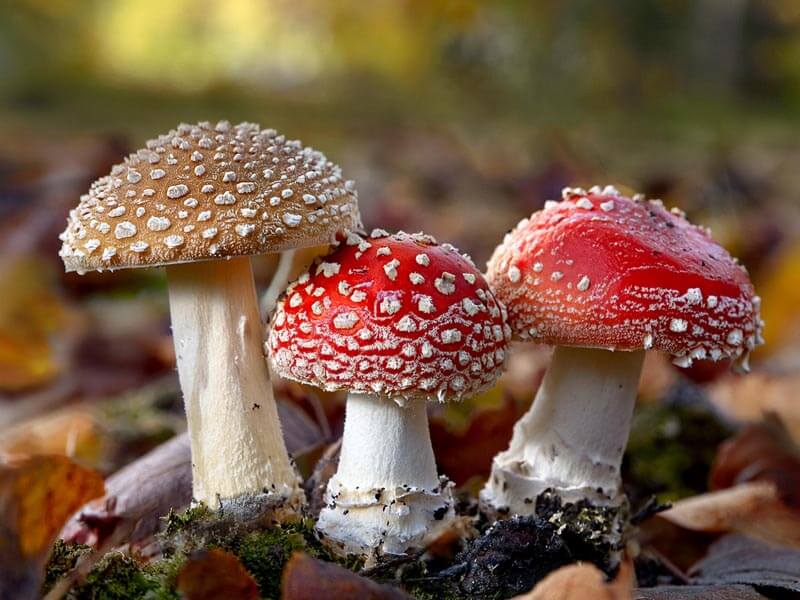
Similar Species
Some Amanita species share common features, making them hard to tell apart, especially if you’re not experienced. One of the most common look-alikes is the Amanita muscaria. Knowing the differences and similarities between these mushrooms is important to avoid any mix-ups. Let’s take a closer look at the Amanita muscaria.
Amanita Muscaria
The Amanita muscaria is one of the most famous psychoactive amanita mushrooms and is often confused with the Amanita Pantherina. Both mushrooms are part of the genus Amanita and have similar psychoactive compounds like muscimol and ibotenic acid. They both feature caps with white spots and grow in similar habitats, often near oak and beech trees.
However, the Amanita muscaria usually has a bright red or orange cap, while the Amanita Pantherina has a dark brown cap with densely distributed warts. Despite their different looks, they can produce similar psychoactive properties, which often leads to confusion.
Product Types
We offer Amanita muscaria products in several forms, giving you different ways to experience its effects. Here’s a look at some of the popular options:
- Dried Mushrooms. Our Amanita Muscaria Dried Mushrooms are made from carefully picked and dried caps. The drying process preserves the important psychoactive compounds like muscimol and ibotenic acid, so you get a consistent experience. These mushrooms are grown and processed in the USA, offering a traditional way to explore the effects of this psychoactive amanita mushroom.
- Gummies. For a more convenient option, try our Amanita Muscaria Gummy Cubes. These gummies are made with potent, natural muscimol and Amanita muscaria extract, giving you a controlled and reliable experience. We also offer other exciting options like Amanita Muscaria + D9 Gummies Cubes, Amanita Muscaria + Delta-9 THC + HHC Gummy Cubes, and Amanita Muscaria + Delta-9 THC + THCp Gummy Cubes for those looking to explore different combinations.
- Tinctures. Amanita Muscaria Tincture is a concentrated liquid extract that’s easy to consume. Made by soaking Amanita muscaria mushrooms in alcohol, this tincture provides a powerful way to experience the benefits of the mushroom. Just a few drops can help you relax or take you on a euphoric journey—just be sure to start with a low dose and adjust as needed.
Why Choose Cheef Botanicals Amanita Products
You want something safe and reliable when you’re looking for Amanita Pantherina mushrooms or other psychoactive Amanita species. At Cheef Botanicals, we ensure our products are top quality.
We carefully source our Amanita Muscaria and test them thoroughly to ensure they contain the right amounts of muscimol and ibotenic acid, the key psychoactive compounds. And all our products are COA-tested, so you can be confident in their effectiveness and safety.
We offer a range of products, including dried mushrooms, gummies, and tinctures, so you can choose what works best for you. Whether you prefer the traditional dried mushrooms or the convenience of gummies, you can trust our quality!
Final Thoughts – Amanita Pantherina
Amanita Pantherina is a unique mushroom with interesting psychoactive properties. Whether you’re looking for spiritual experiences, mood boosts, or deep relaxation, this psychoactive amanita mushroom offers something different from common choices like psilocybin mushrooms.
However, it contains muscimol and ibotenic acid, so consuming Amanita Pantherina mushrooms carefully is important since these compounds can strongly impact the central nervous system.
If you’re considering trying it, buy products from a trusted source like Cheef Botanicals, where quality and safety come first. The key to enjoying Amanita Pantherina is understanding its effects and using it wisely.


 Sale
Sale 